Return to Photo Index Return to Clickable Map Return to Home Page
Travel Pictures - NAMIBIA - 1999
All images © Ron Miller
Traveling from South Africa into Namibia, I entered a wilder version of Africa. The landscape became more arid with scattered trees and savanna that more closely resembled the landscape I usually associated with Africa. Namibia's culture is unique in the region because Germans were the major European group to settle in the country. I entered Namibia from the south and visited the capital city of Windhoek and Swakopmund on the Atlantic coast before traveling north to Rundu and east across the Caprivi Strip to Zimbabwe.
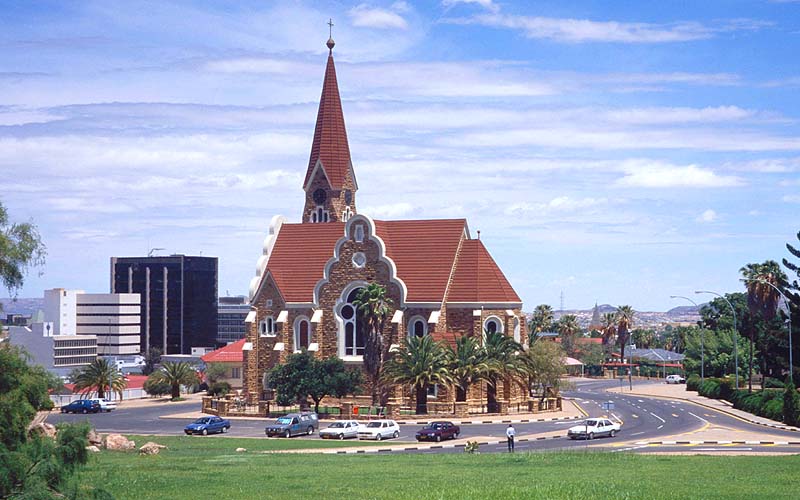
Windhoek, Namibia
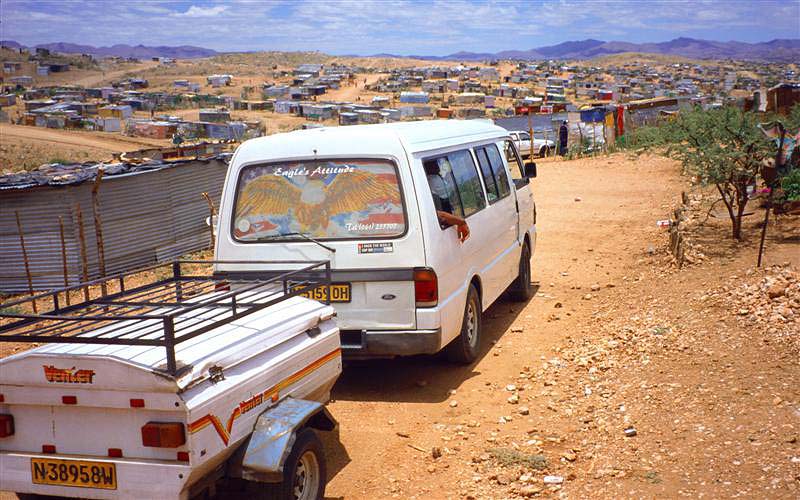
passengers, are stuffed with 15-20 folks and luggage. The overloaded vehicles then speed down the roads revealing the usual indifference to danger
that prevails in the Third World. The drivers typically wait idly for passengers at established locations and depart only when full, and the drivers'
concept of full is about three or four persons more than what is comfortable or safe. The overloaded minivans drive far too fast, as though the
passengers' lives have no value, which is really ironic when considering that "life" is just about the only possession the impoverished passengers have.
It never ceases to amaze me how the drivers will lounge around at the taxi stand as if time has no meaning but, as soon as they get on the road,
every second seems to be a matter of life or death. When traveling on a black taxi, every minute truly is a matter of life or death -
township near Windhoek, Namibia
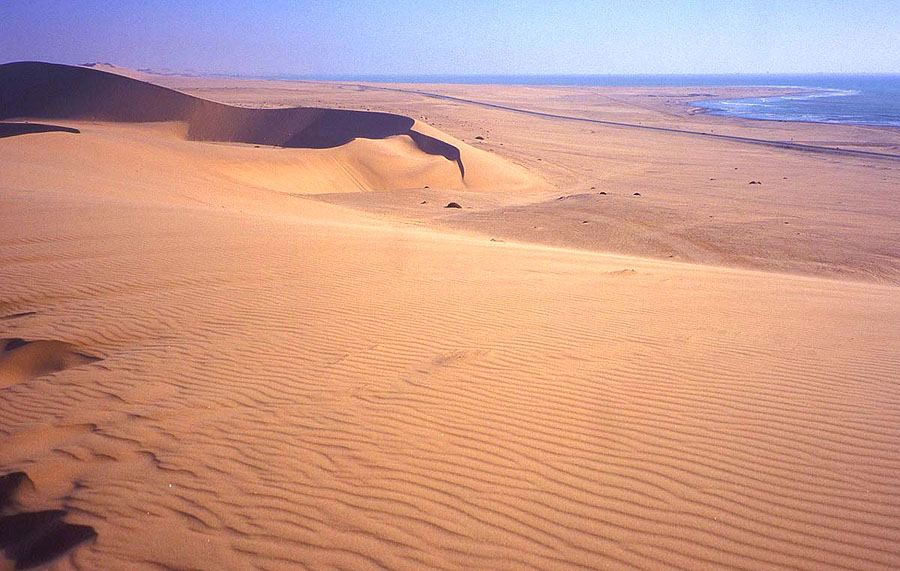
near Swakopmund, Namibia
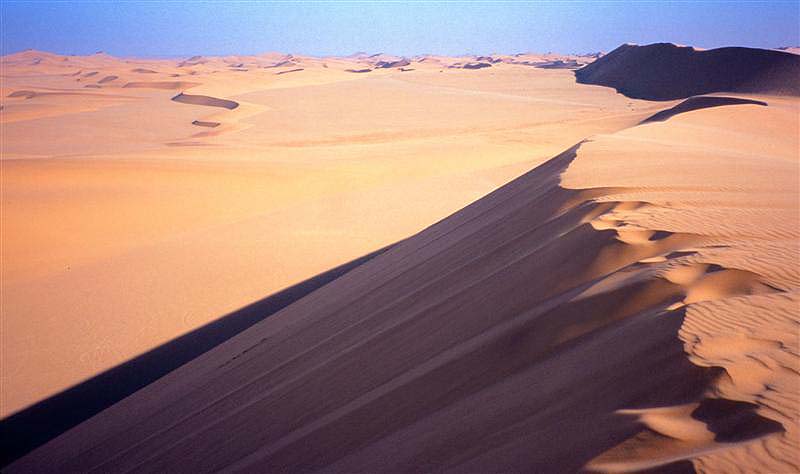
near Swakopmund, Namibia
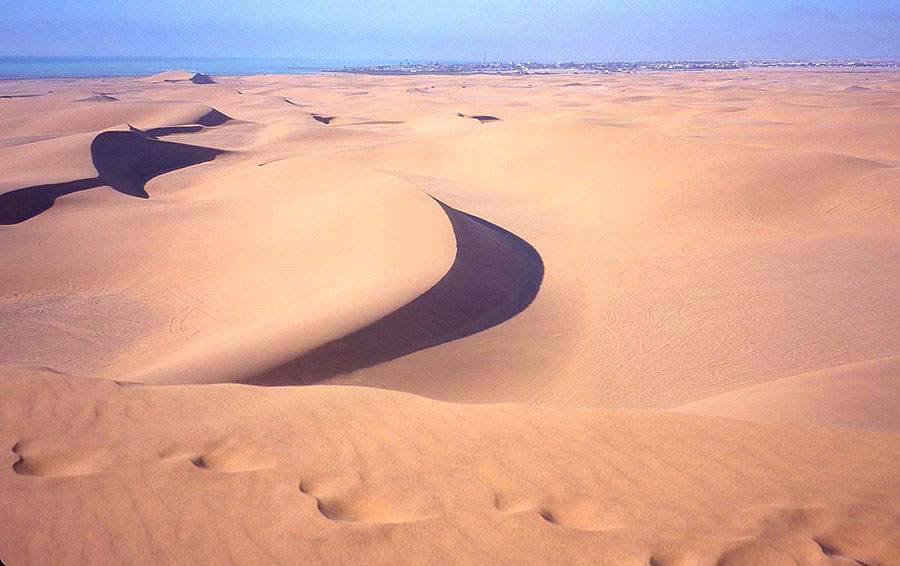
a German town surrounded by sand dunes on the African coast. -
Swakopmund, Namibia
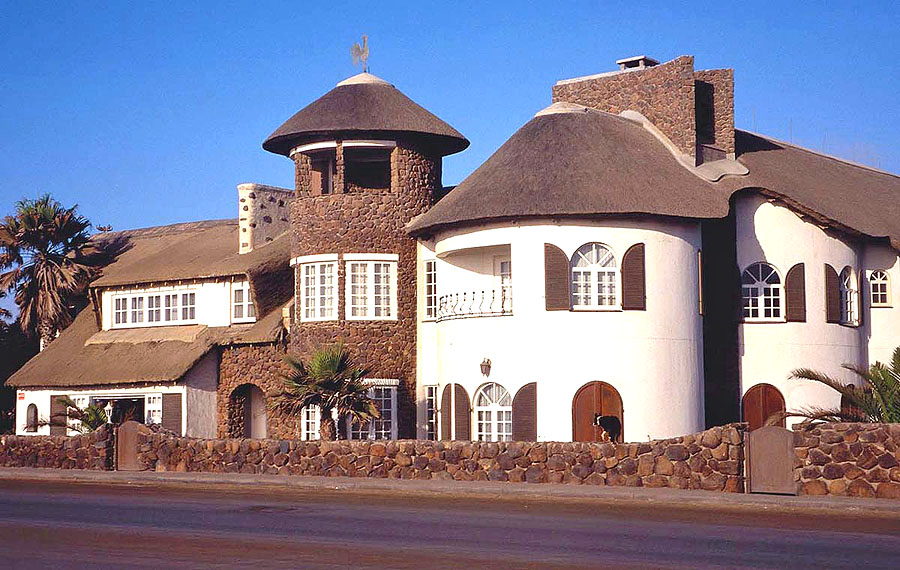
Swakopmund, Namibia
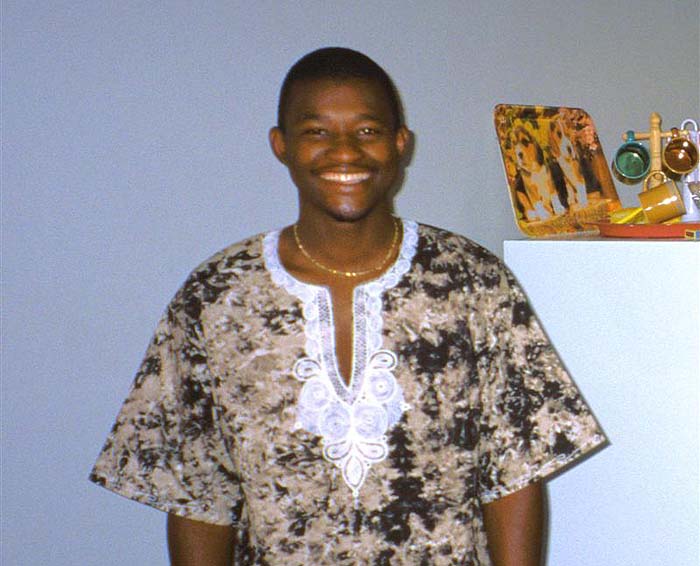
My wonderful Namibian host, Filemon, who introduced me to
the generosity of many Africans. I met Filemon on the bus
to Rundu where he invited me to stay at his home. However, I was hesitant
initially because many Africans in the region
live in very primitive stick huts with dirt floors. Nevertheless, I
prepared for an adventure but was quite relieved
when we arrived at his row house that was comfortable even by western
standards -
Rundu, Namibia
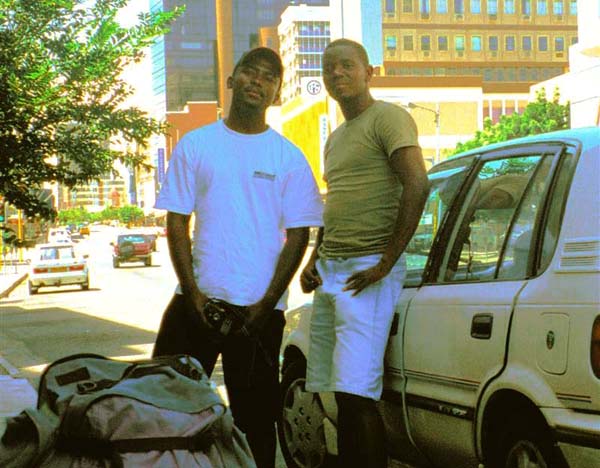
they were connoisseurs of one of America's most shameful exports - rap "music." Being an American, they asked
me what I thought of rap at which time I prepared an answer that was predicated on a strong desire to avoid being
abandoned in the middle of the desert! Seriously, the Botswanans were great hosts in spite of the "grating" music -
Windhoek, Namibia
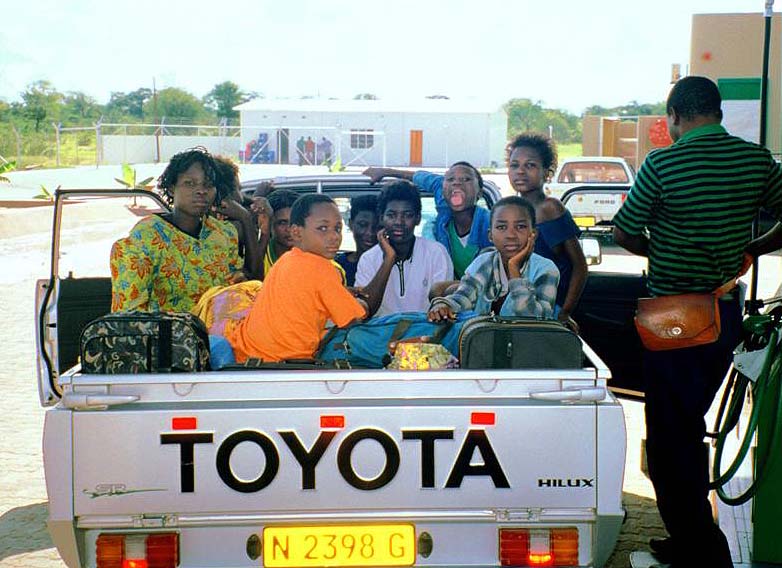
archetype for safety. This was the only mode of transport available in the Caprivi Strip where a portion of the
journey is through a national park with wild animals that include rhinoceros, elephants, leopards, and lions! -
near Rundu, Namibia
Return to Photo Index Return to Clickable Map Return to Home Page
For authorized use of these photos, please contact Ron Miller at TheHappyCannibal@gmail.com